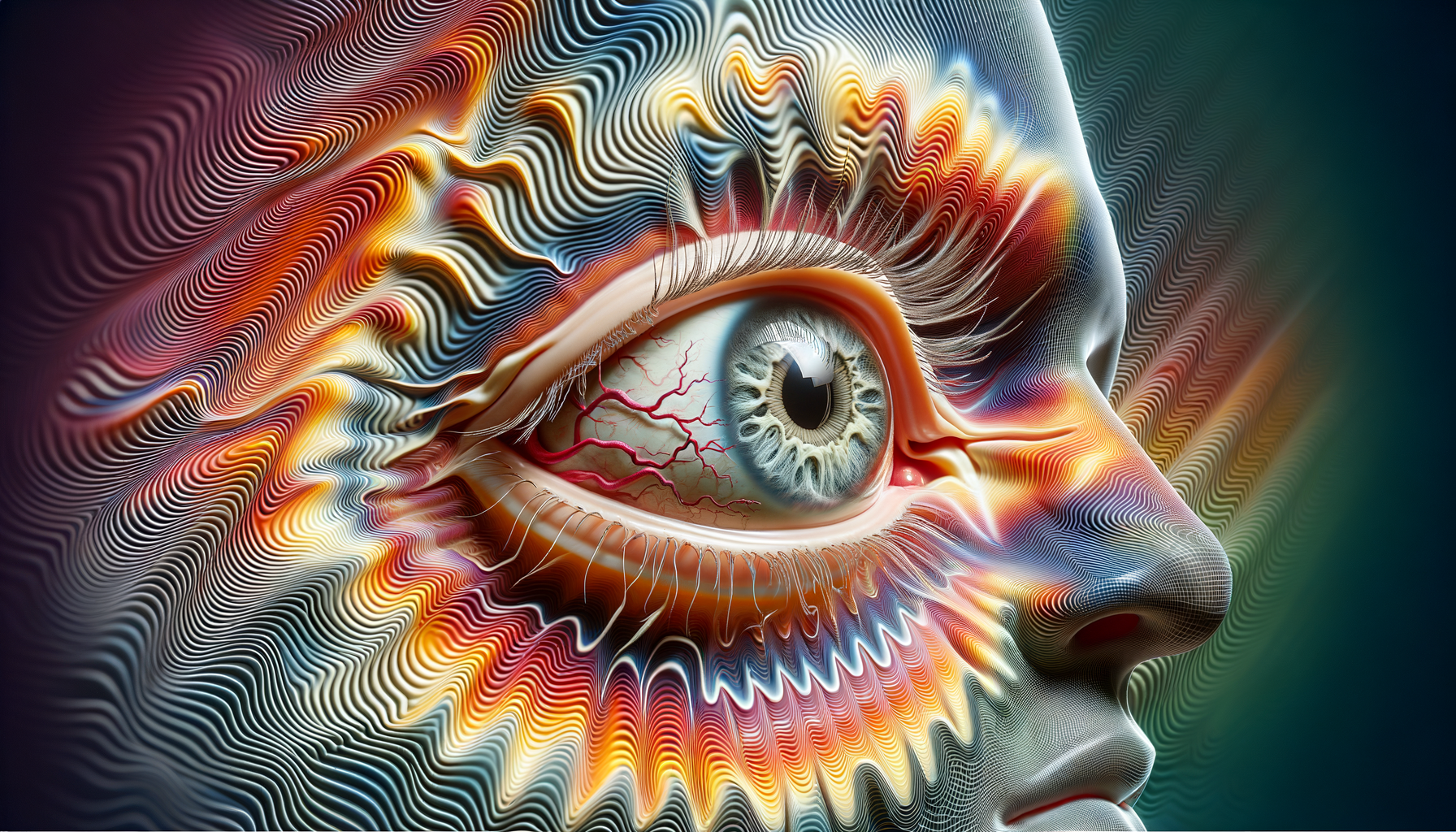Introduction to Ocular Migraines
Ocular migraines, also known as retinal migraines, present a unique challenge for those who experience them. Unlike typical migraines that are often associated with severe headaches, ocular migraines primarily affect vision. These episodes can be alarming, especially when experienced for the first time, as they often manifest without the accompanying pain of a traditional migraine. Understanding the symptoms and implications of ocular migraines is crucial for individuals who experience them, as it helps in managing and reducing their impact on daily life.
Ocular migraines are characterized by temporary visual disturbances that typically affect only one eye. These disturbances can include flashing lights, blind spots, or zigzag patterns. While the exact cause of ocular migraines is not fully understood, they are believed to be related to changes in blood flow to the eye or brain, similar to other types of migraines. Recognizing the symptoms of ocular migraines is the first step in distinguishing them from other potential vision problems and seeking appropriate care.
Common Symptoms of Ocular Migraines
The symptoms of ocular migraines can vary widely among individuals, but they generally include a few hallmark features. One of the most common symptoms is the presence of visual disturbances, which can last anywhere from a few minutes to an hour. These disturbances often manifest as:
- Flashing or shimmering lights
- Blind spots in the visual field
- Zigzag or wavy lines
These visual phenomena typically precede or accompany the headache phase of a migraine, although in ocular migraines, the headache may be absent. It’s important to note that while these symptoms can be unsettling, they are usually temporary and resolve without causing lasting damage to the eye or vision.
In some cases, individuals may experience additional symptoms such as nausea, dizziness, or sensitivity to light during an ocular migraine episode. These symptoms can add to the discomfort and may require individuals to seek a quiet, darkened space to rest until the episode passes. Understanding these symptoms and how they manifest can help individuals better prepare for and manage ocular migraines when they occur.
Distinguishing Ocular Migraines from Other Conditions
One of the challenges in diagnosing ocular migraines is distinguishing them from other conditions that can cause similar visual disturbances. For instance, a condition known as an “aura” can occur in various types of migraines, leading to visual changes similar to those seen in ocular migraines. However, auras typically affect both eyes, whereas ocular migraines generally affect only one eye.
Another condition that can be confused with ocular migraines is a transient ischemic attack (TIA), often referred to as a “mini-stroke.” TIAs can cause sudden vision changes, but they are usually accompanied by other neurological symptoms such as weakness or numbness. It’s essential for individuals experiencing new or unusual visual symptoms to seek medical evaluation to rule out these more serious conditions.
Consulting with a healthcare provider, preferably one specializing in neurology or ophthalmology, can help ensure an accurate diagnosis. This is particularly important as the treatment and management strategies for ocular migraines can differ significantly from those for other conditions with similar symptoms.
Managing and Treating Ocular Migraines
While there is no cure for ocular migraines, several strategies can help manage and reduce their frequency and severity. Lifestyle modifications are often the first line of defense. These can include:
- Identifying and avoiding known triggers, such as certain foods, stress, or lack of sleep
- Maintaining a regular sleep schedule
- Ensuring adequate hydration
For some individuals, medication may be necessary to prevent or reduce the occurrence of ocular migraines. These medications can include those used for general migraine prevention, such as beta-blockers or antiepileptic drugs. In acute cases, medications that address specific symptoms, like anti-nausea drugs or pain relievers, may be prescribed.
Additionally, some individuals find relief through alternative therapies such as acupuncture, biofeedback, or relaxation techniques. It’s important to work with a healthcare provider to develop a personalized management plan that addresses individual needs and preferences.
Conclusion: Living with Ocular Migraines
Ocular migraines can be a perplexing and sometimes frightening experience, but with proper understanding and management, their impact can be minimized. Recognizing the symptoms and distinguishing them from other potential conditions is crucial in ensuring appropriate care and treatment. By adopting lifestyle changes and working closely with healthcare professionals, individuals can reduce the frequency and severity of ocular migraines, leading to a better quality of life.
For those who experience ocular migraines, staying informed and proactive is key. Keeping a detailed diary of episodes, including potential triggers and symptoms, can be invaluable in developing effective management strategies. With the right approach, individuals can navigate the challenges of ocular migraines and maintain their daily activities with confidence.








